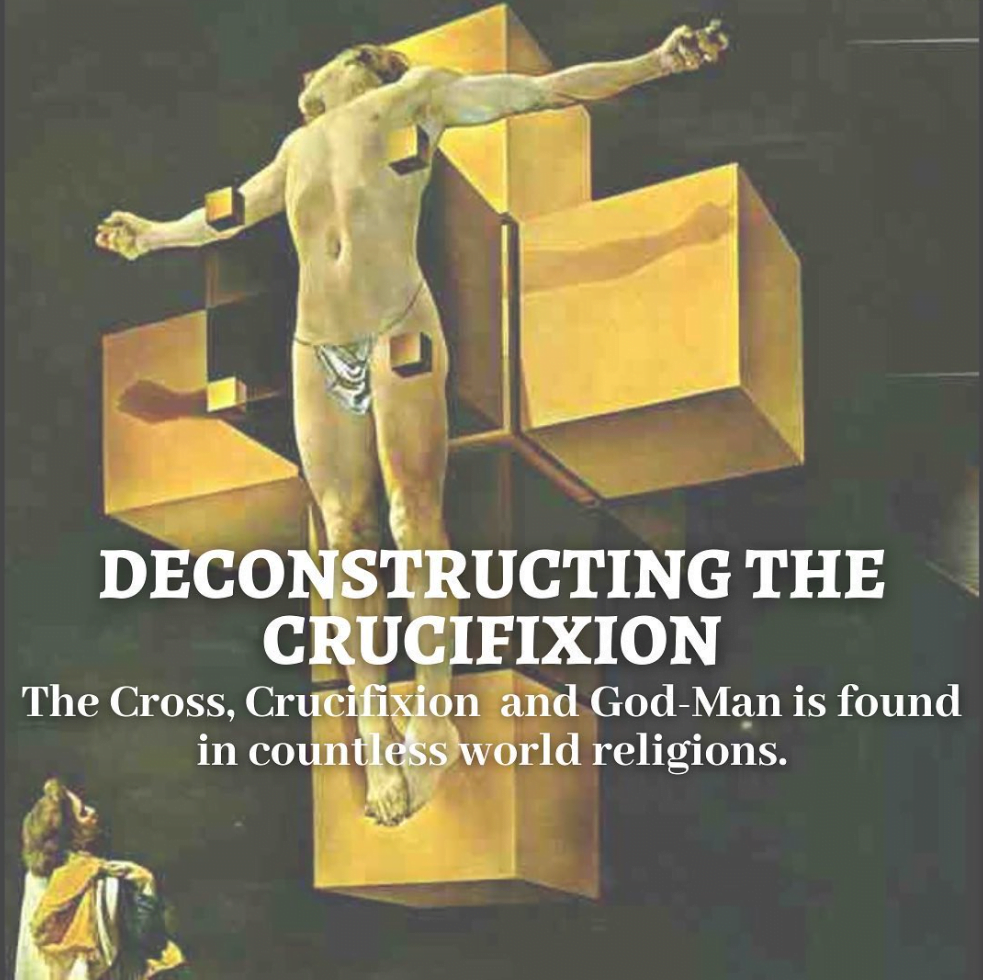The list of the deathless mortals who suffered for man that he might receive the boon of eternal life is an imposing one.
Among those connected historically or allegorically with a crucifixion are Prometheus, Adonis, Apollo, Arys, Bacchus, Buddha, Christna, Horus, Indra, Ixion, Mithras, Osiris, Pythagoras, Quetzalcoatl, Semiramis, and Jupiter. All these heroes gave their lives to the service of humanity and, with one or two exceptions, died as martyrs for the cause of human progress.
The prevalent idea that the reverence for the cross is limited to the Christian world is disproved by even the most superficial investigation of its place in religious symbolism. The early Christians used every means possible to conceal the pagan origin of their symbols, doctrines, and rituals.
Saviors unnumbered have died for the sins of man and by the hands of man, and through their deaths have interceded in heaven for the souls of their executioners. The martyrdom of the God-Man and the redemption of the world through His blood has been an essential tenet of many great religions.
Nearly all these stories can be traced to sun worship, for the glorious orb of day is the Savior who dies annually for every creature within his universe, but year after year rises again victorious from the tomb of winter.
Certain of the pagan Mysteries included in the ceremony of initiation the crucifixion of the candidate upon a cross, or the laying of his body upon a cruciform altar. Apollonius of Tyana was initiated into the Arcanum of Egypt in the Great Pyramid, where he hung upon a cross until unconscious and was then laid in the tomb (the coffer) for three days.
While unconscious, his soul was thought to pass into the realms of the immortals (the place of death) After it had vanquished death (by recognizing that life is eternal) it returned again to the body, which then rose from the coffer, after which he was hailed as a brother by the priests. This concept was, in substance, the teaching of the Mysteries.”
If this be so, is the crucifixion story literal? Or is there possibly a hidden, deeper meaning that has been part of humanity’s transcendent myths and practices for eons?

